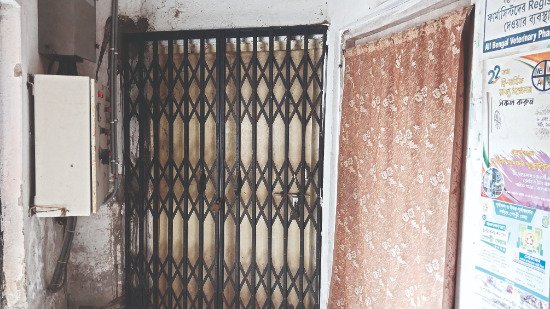Jalpaiguri, July 2025 | Dairy Dimension Investigative Report
Seven years after its grand inauguration, the Regional Animal Feed Testing Laboratory in Jalpaiguri remains non-functional, despite housing equipment worth several crores. As concerns rise over adulterated animal feed and its downstream effects on food safety, this case stands as a symbol of systemic lapses in India’s livestock safety infrastructure.
🏢 Lab Inaugurated, But Never Opened
Set up under the West Bengal Animal Resources Development Department at Nayabasti Para, the lab was meant to serve all of North Bengal, testing feed for:
- Toxic substances
- Nutritional deficiencies
- Fungal contamination
However, not a single veterinarian, lab technician, or attendant has ever been appointed. The facility has remained locked since the ribbon was cut.
“A proposal has already been sent to the state government to operationalise the lab,” said Dr. Subodh Pal, Acting Deputy Director for ARD in Jalpaiguri.
⚠️ Why Feed Testing Matters
Animal feed adulteration isn’t just a veterinary issue—it affects public health, livestock productivity, and milk and meat quality. Without testing:
- Toxins go undetected
- Nutritional imbalances persist in cattle and poultry
- Mycotoxins from fungal growth remain in the food chain
- Consumers face residues in milk, meat, and eggs
Consumer rights groups warn that unregulated poultry feed, laced with growth stimulants, may be altering the taste, texture, and safety of poultry products.
“Adulterated feed goes unchecked. This directly compromises food safety,” said Tapan Chakraborty, spokesperson, Jalpaiguri Consumer Protection Association.
🔍 Operational in Name Only
Though the adjoining Regional Laboratory for Animal Disease Investigation is officially “functional,” it is severely understaffed. It lacks:
- Lab technicians
- Support staff
- Even a cleaner
Samples such as serum, faeces, and blood are now routinely shipped to Belgachia, Kolkata—delaying diagnosis and treatment in livestock.
🧠 Systemic Insights: What This Case Reveals
- Policy-Implementation Gap
Despite infrastructure investments, the absence of human resources renders them ineffective—an issue mirrored in several state-run agri and veterinary labs across India. - Public Health Blind Spot
Without feed testing, the link between livestock input quality and human food safety remains broken. This is especially risky with the rise of antimicrobial resistance and zoonotic disease threats. - Misuse of Funds
The state audit flagged the situation as a case of wasted public expenditure, raising questions about planning accountability. - Impact on Dairy and Poultry Sector
In areas like Jalpaiguri, where smallholder dairy and poultry farms dominate, lack of feed testing hits animal productivity, reproductive health, and milk yield consistency.
🛠️ What Needs to Be Done
- Immediate staffing and operationalization of feed labs
- Third-party audits for dormant labs across states
- District-level feed testing mandates for poultry, dairy cooperatives
- Consumer transparency: QR code-based reporting on feed origin and safety
- Integration with NDDB and FSSAI systems
